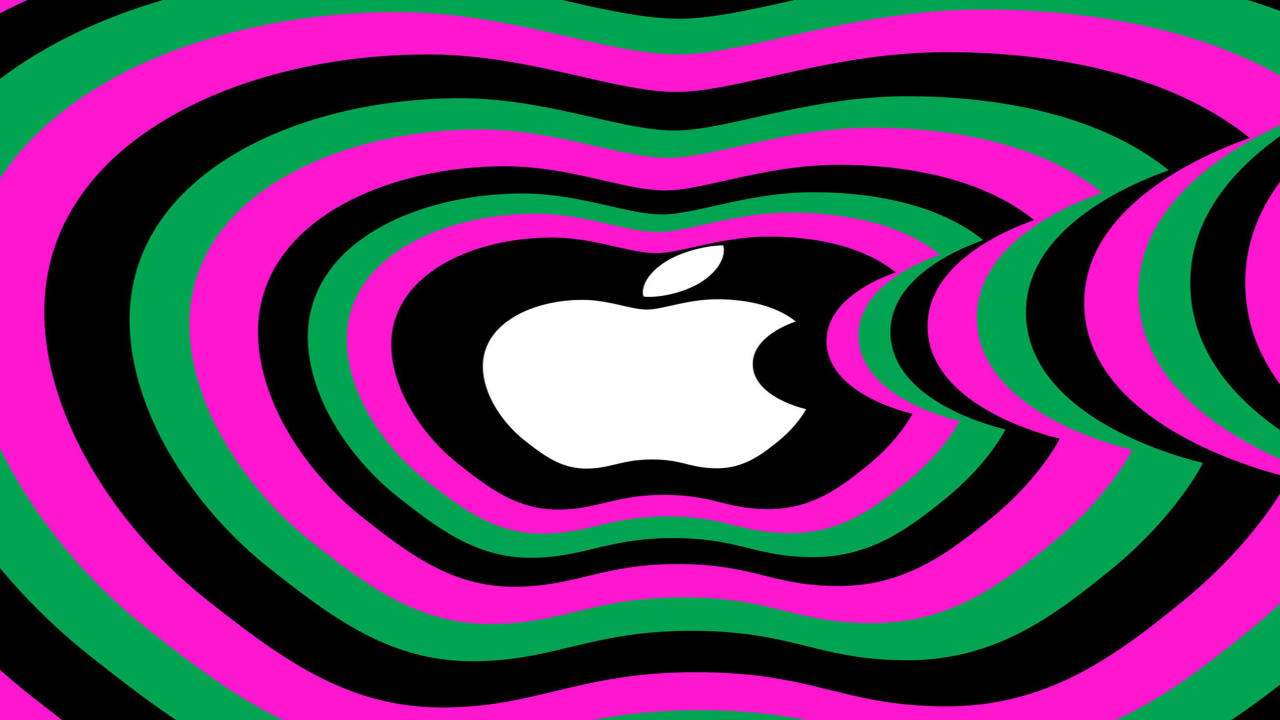Apple's New AI Innovations: Exploring iOS 18, macOS Sequoia, and More
Discover the latest Apple updates with iOS 18 and macOS Sequoia, focusing on AI features, enhanced usability, and new applications. Learn how these innovations transform your Apple experience.

Apple has taken a significant leap into the world of artificial intelligence with the recent release of iOS 18 and macOS Sequoia. These updates not only enhance the functionality of Apple devices but also lay the groundwork for exciting AI features that are set to revolutionize the user experience. In this article, we will explore the key features of these updates and what they mean for users.
Key Features of iOS 18
iOS 18 offers a plethora of enhancements that improve usability while preparing for future AI integrations. One of the standout features is the introduction of RCS (Rich Communication Services) messaging, which allows seamless communication between iPhone and Android users. This upgrade facilitates high-resolution photo sharing, typing indicators, and read receipts, making messaging more interactive.
Additionally, iOS 18 introduces a revamped home screen customization, allowing users to rearrange apps and widgets freely. This personalization enhances user engagement by providing a tailored experience that reflects individual preferences. Other noteworthy features include the new "Repair Assistant" tool, which aids users in configuring genuine replacement parts, and improved accessibility options like the "Music Haptics" feature, which vibrates in sync with music for those with hearing impairments.
macOS Sequoia: A New Era for Mac Users
Alongside iOS 18, Apple has launched macOS Sequoia, which brings innovative features such as iPhone mirroring. This capability allows users to mirror their iPhone displays on their Mac, enabling seamless navigation and interaction using a mouse and keyboard. The integration of iPhone notifications on the Mac also enhances productivity, allowing users to manage alerts without switching devices.
Though macOS Sequoia does not yet include the full range of anticipated AI features, the groundwork has been laid for future updates that will introduce functionality like AI-driven recommendations and automation tools. This ongoing evolution highlights Apple's commitment to enhancing user experience through technology.
Generative AI Features on the Horizon
Looking ahead, Apple is set to beta test its first round of AI features in the upcoming iOS 18.1 update. Users can expect to engage with Siri in new ways, including typing commands and experiencing a fresh animation. Moreover, AI-summarized notifications will help users manage their alerts more effectively, streamlining communication and reducing information overload.
While some highly anticipated features, such as image generation and built-in access to ChatGPT, are still in development, Apple’s strategic rollout of AI tools suggests a robust commitment to integrating intelligence into its ecosystem. These features promise to enhance creativity and productivity, making Apple devices even more indispensable.
Enhanced Functionality in watchOS 11
Apple's innovations extend beyond iPhones and Macs. With the release of watchOS 11, users benefit from new health features, including sleep apnea detection. This functionality uses the accelerometer to monitor movements during sleep, providing insights that can lead to better health management. Such features not only reflect Apple’s dedication to health technology but also exemplify how AI can improve daily life.
Conclusion
Apple's recent updates with iOS 18, macOS Sequoia, and watchOS 11 represent a significant step towards a more integrated and intelligent user experience. By combining enhanced functionality with AI innovations, Apple is setting the stage for a future where technology seamlessly aligns with user needs. As these advancements roll out, users can look forward to a more personalized and efficient interaction with their devices, solidifying Apple’s position at the forefront of tech innovation.
What's Your Reaction?





















